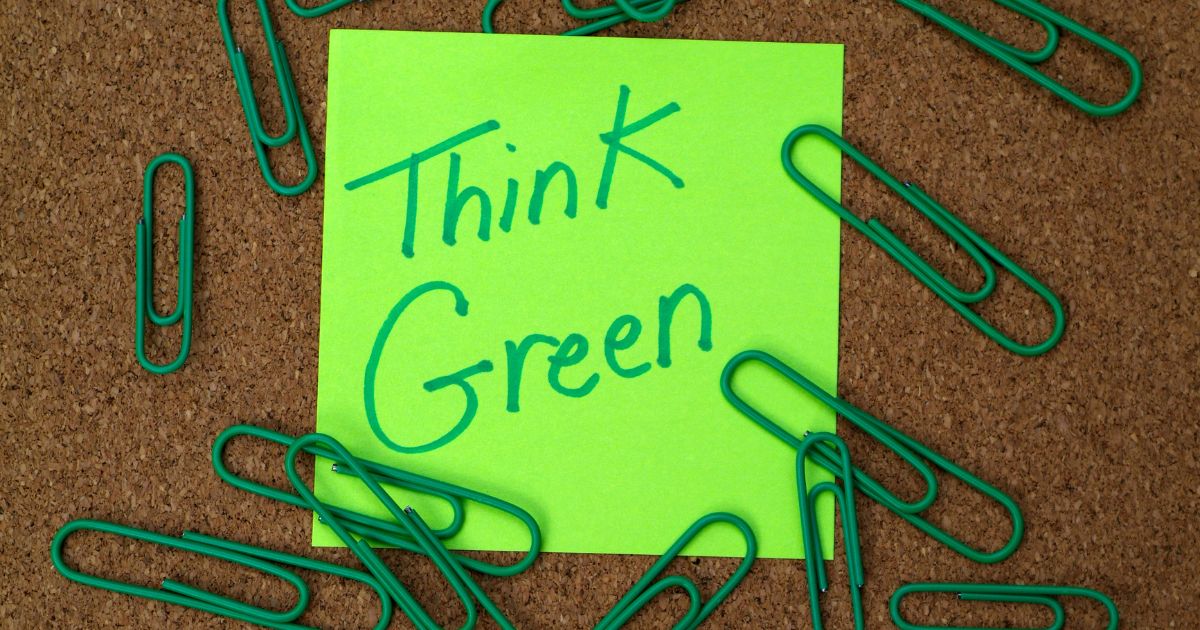Following a 2022 summer season that saw widespread drought, heatwaves, wildfires and water scarcity across the world, French president Emmanuel Macron declared the “end of abundance” as it pertained to consumption [1]. With resources becoming limited and supply chains disrupted, industries are beginning to investigate alternative solutions to solve challenges. In the case of energy production, renewable energy is growing in popularity, for transport, electric vehicles and micro-mobility are being valued more – but what are the opportunities for traditional businesses?
Sustainable business models abound [2]. There is no shortage of sustainable alternatives that can make business operations low-carbon and have a measurable impact on global sustainability goals. However, within an economic hub there exists opportunities to reduce overall emissions, while addressing dwindling resource abundance [3].
Importance of the circular model
“Looking at today’s consumption levels, sustaining our current growth trajectory would require the ecological resources of 2.3 planets by 2050. This number is significantly higher for mature markets. The US, for example, would need five planets to sustain present-day consumption levels; Germany would need three,” points out Holcim CEO Jan Jenisch [4], “The good news is that a solution is within our reach. We can decouple our world’s growth from the consumption of the Earth’s resources by shifting from a linear “take, make, waste” economy to a circular “reduce, reuse, recycle” one.”
A circular economy uses efficient recycling of waste to fill gaps in supply chains. Recycling at an elevated level would reduce dependence and need for new raw materials, instead finding opportunities for these materials to be found within waste [5]. This process would happen continuously, as in a loop – or circular – economic model. The production and extraction of new raw materials is one of the largest vectors for carbon emissions – being able to replace these processes by recuperating materials from discarded waste drastically reduces carbon emissions and creates a more resilient economy [6].
Herein lies the paradigm shift that will ensure that a business can reduce its environmental impact as efficiently as possible, while solidifying new supply chains within the economy – or as Jenisch puts it [4], “The business opportunity of our time.”
Circularity in action
At first glance, circularity may seem more of a theory than active business practice, but certain industries have been operating within this model for a while. Aluminium recycling is one of the most successful case studies, as CircularLab Co-Founder Gina Lee explains [7]: “75 percent of all aluminium produced is still in circulation. [Current cans] contain an average of 73 percent recycled content, which means, there is a lot of can-to-can recycling taking place. Making a can from old cans uses 90 percent less energy and generates 90 percent less emissions compared to producing that same can from virgin material.”
Other examples of circular models include Holcim’s recycling of construction waste to create roofing and cement or the government of São Paulo’s initiative to encourage regenerative agriculture benefiting farmers and vulnerable communities [4, 8]. Smaller innovative businesses highlight how companies can be born from circularity: a fashion brand using dairy farm waste [9], construction cement made with recycled plastic [10], breaking down old wind turbine blades into industrial products [11], and using insects to break down biological waste and turning them into sustainable cattle feed [12] – solutions truly are everywhere.
The circular economy is more than a catchphrase. As global economies shift to a sustainable model, this will affect business big and small across industries, sectors, and countries – and encourage innovation and collaboration [3-5]. Have you ever considered how you might be able to participate in a circular economic model?
Key Takeaways
- There is no shortage of sustainable alternatives that can make business operations low-carbon and have a measurable impact on global sustainability goals [2, 4-6].
- A circular economy uses efficient recycling of waste to fill gaps in supply chains. Recycling at an elevated level would reduce dependence or need for new raw materials [5].
- Circularity is ‘the business opportunity of the future’, and there are several examples of companies carving their own niche or creating their own opportunities [4, 7-12].
References
[1] Kim Willsher, 2022, “Macron warns of ‘end of abundance’ as France faces difficult winter”, The Guardian.
[2] Vincent Diringer, 2022, “The Importance of Sustainable Business Models”, LEAD-WiSE.
[3] Vincent Diringer, 2022, “Collaboration Towards the Goals: Working Together for Sustainability”, LEAD-WiSE.
[4] Jan Jenisch, 2022, “Why the circular economy is the business opportunity of our time”, World Economic Forum.
[5] Government of the Netherlands, 2022, “From a linear to a circular economy”.
[6] Dirk Nelen and Ioannis Bakas, 2021, “Improving the climate impact of raw material sourcing”, European Environment Agency.
[7] Gina Lee, 2019, “The aluminium can: America’s most successful recycling story that you’ve never heard”, Green Biz.
[8] Ellen MacArthur Foundation, 2022, “Regenerative agriculture around São Paulo: Connect the Dots”.
[9] Maeve Campbell, 2020, “The company making t-shirts from gone off milk”, Euronews Green.
[10] Centre for Regenerative Design & Collaboration, 2022, “Introducing Resin8™”.
[11] Mitch Jacoby, 2022, “How can companies recycle wind turbine blades?”, Chemical & Engineering News.
[12] Nambu Group, 2021, “Our Vision & Story”.
